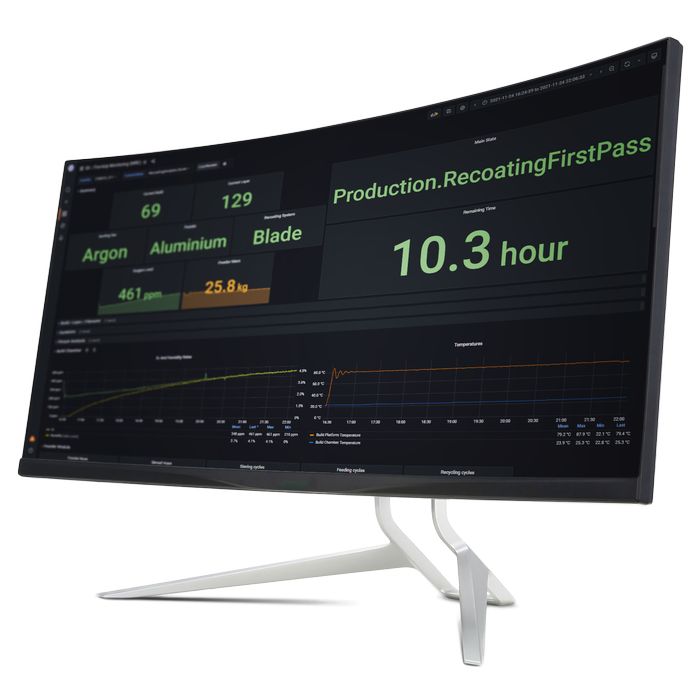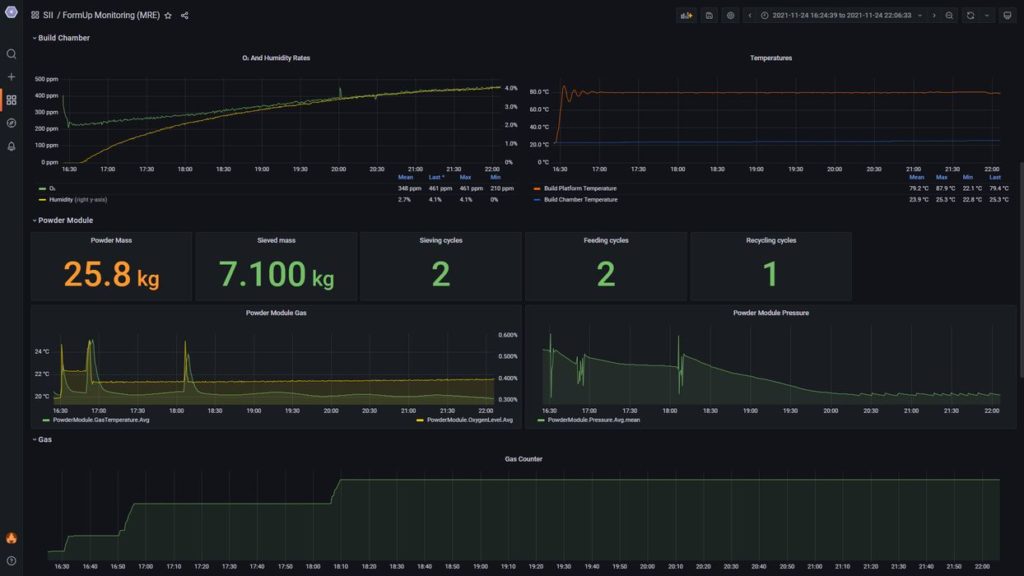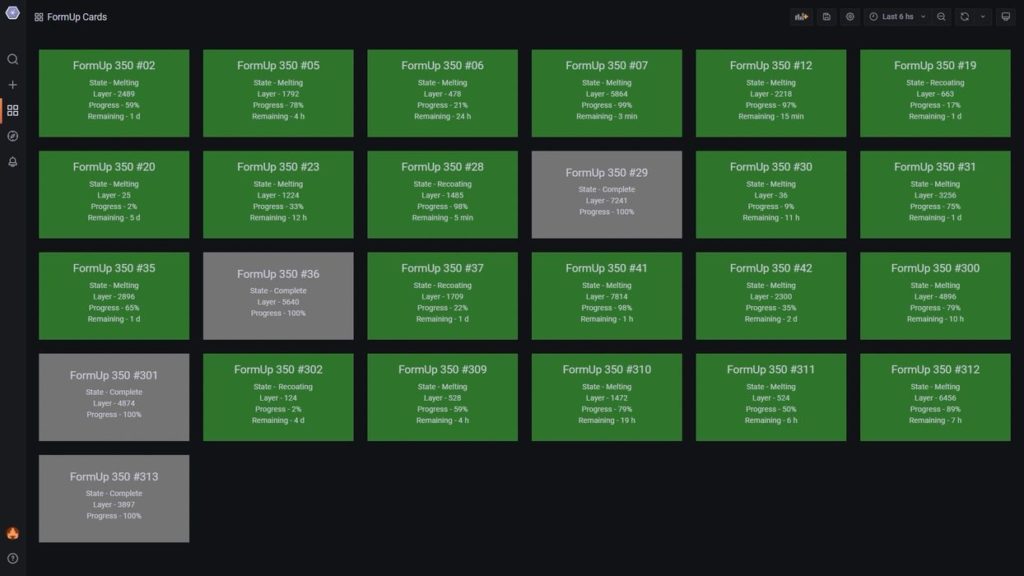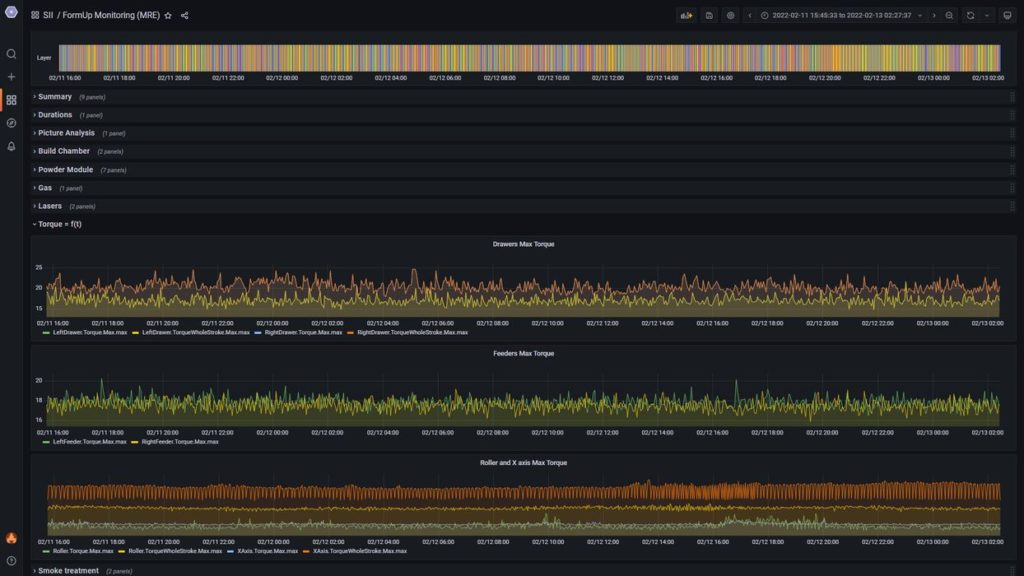
AddUp announced a rather comprehensive new dashboard for their AM systems.
The French company produces a line of metal 3D printers for industry, using two different 3D printing processes: PBF and DED, deployed in the FormUp and BeAM branded systems respectively.
Metal AM systems have been around a long time, including those from AddUp, but in recent years there has been a bit of a change in their use.
For many years additive approaches were seen as experimental, and typically used only to produce prototypes. However, as a result of considerable effort, demonstrations and experiments, several industries eventually came to realize that parts produced by additive approaches could actually be quite beneficial in terms of functionality and economy.
Those industries happen to be aerospace, automotive and healthcare, all of which tend to operate in a world of higher-priced parts. This meant they were ideal to make use of 3D printed parts that would, on average be more expensive than traditionally manufactured parts. However, by leveraging the capabilities of the technology, it was possible to build new kinds of parts that were previously impractical to produce.
Thus we now see many manufacturers, particularly in the aerospace sector, using not just one 3D printer, but farms of them. Operating machines in parallel can dramatically increase part production throughput, but it also leads to the issue of managing all the machines.

It’s relatively easy to manage a single machine: assign someone to monitor the equipment and deal with issues as they arise. But when you have a dozen or more machines, it gets more challenging: you cannot assign someone to each machine. You must use some system to simplify and potentially automate the work as much as possible.

That’s the theme of AddUp’s new “AddUp Dashboards”, which is a software tool that can show in real time the activity on your farm of AddUp equipment. It is also capable of showing past activity in a visual manner that’s easy to interpret.
AddUp explains:
“AddUp Dashboards collects and displays data for an unlimited number of FormUp and BeAM machines regardless of their physical location and displays a summary on an overview home screen. This provides a birds-eye view of a full production fleet of machines, offering status and progress at a glance. Users can see the big picture for the last month or check what happened during last layering cycle for a particular build.”
This type of information is critical for manufacturers that must maintain print standards for the parts produced because they are for end-use. Print parameters and machine performance must be carefully monitored and results should be near-identical on each piece of equipment.

AddUp Dashboards displays 80 different process parameters, which is certainly sufficient to ensure printing activity is consistent and correct on the monitored equipment.
The system is actually delivered via web page, so no specific hardware is required to make use of it. The source data for the dashboard is obtained from the equipment using a combination of MQTT (an IoT publish and subscribe messaging protocol) and OPC-UA, another standard for passing sensor data from machines.
The most interesting part of AddUp Dashboards is its ability to focus this information in a single point for all network-accessible equipment. This would certainly reduce the workload for any organization operating a large number of AddUp devices.
Via AddUp
